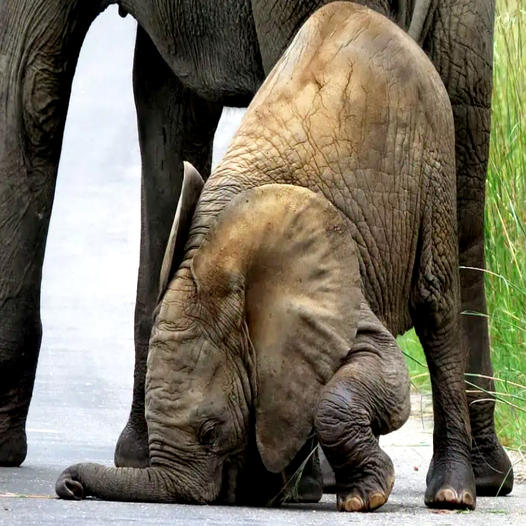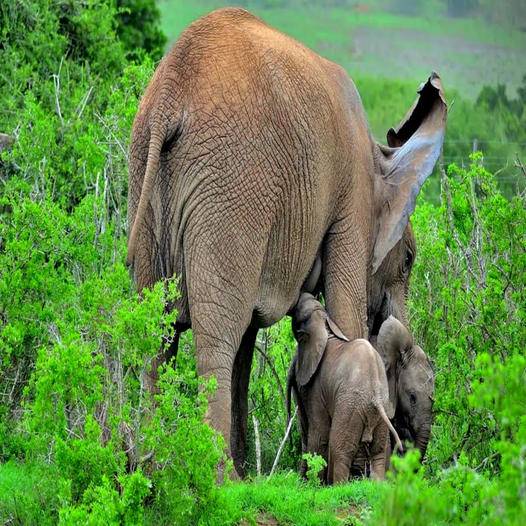All around the world, there are natural wonders that intrigue us and spark our imaginations. One such wonder is the appearance of massive rocks and boulders that resemble animals or humans. These unique geological formations have fascinated both experts and enthusiasts, leading to various theories about their origins. In this article, we will explore the fascinating explanations behind these colossal rocks that mimic living beings.

The creation of rock formations is a fascinating process that takes place over millions of years. It’s incredible to think that natural elements such as wind, water, and erosion can shape rocks into forms that resemble living creatures or human beings. These extraordinary features are known as erosional or anthropomorphic formations, which are created when the elements gradually wear away at the surface of the rock, resulting in unique and captivating characteristics. The presence of different layers and types of rock, combined with natural weathering processes, can lead to the creation of some of the most stunning shapes that leave us in awe of the power of nature.

The creation of rock formations can be influenced by various factors, and the accumulation of sediments over a period of time is one of them. Sedimentary rocks such as sandstone, limestone, and shale can accumulate in layers that resemble the shapes of living beings. As they become compressed and hardened, they can reveal formations that look familiar to us. The layering of these rocks plays an important role in determining the final appearance of the rock formation.

In some cases, we tend to see shapes and patterns in nature that make rocks look like animals or other figures, even though they formed naturally. However, our cultural and historical beliefs can make us perceive these rocks in a more meaningful way. In ancient times, people believed that certain rock formations held spiritual and mythical significance, reinforcing the idea that they resembled sacred figures.

Throughout history, the mesmerizing natural rock formations have served as a wellspring of creative inspiration for artists and storytellers alike. These rocks possess an almost uncanny resemblance to mythical creatures, which has given rise to countless folktales and legends that only add to their cultural and mystical significance. By interpreting these formations in imaginative ways, artists have the power to elevate their importance and make them even more intriguing.

The majestic rock formations that resemble animals or humans are a stunning testament to the power of nature and geological processes. These awe-inspiring features were created through a combination of erosion, sedimentary layering, and the perspective of humans over a long period of time. These massive rocks are not only a product of natural forces but also represent cultural beliefs and artistic inspiration. Their impact on people worldwide has been profound, allowing us to catch a glimpse into the captivating and mysterious world of geology.

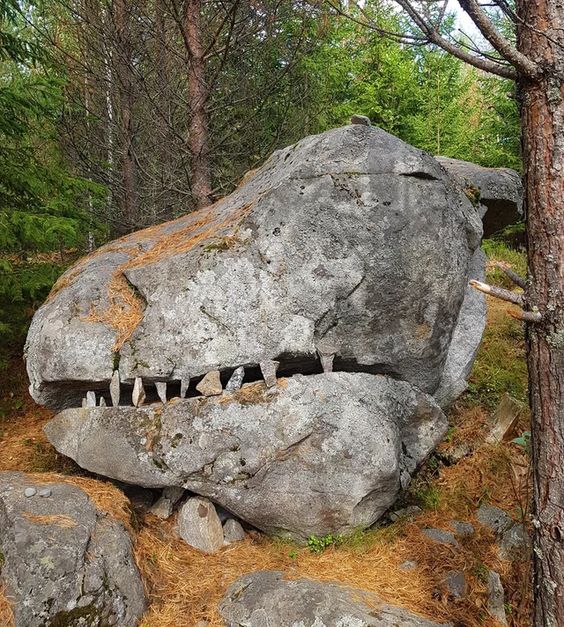
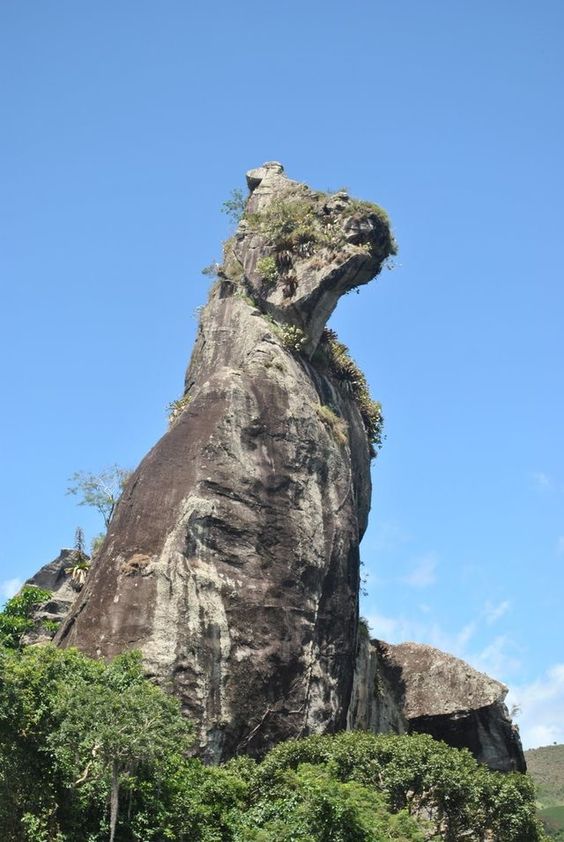
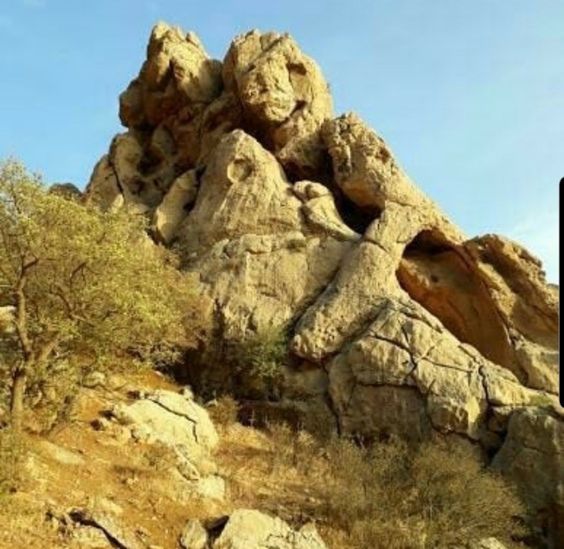
I need help rewording the given content. Can you please provide the original content?

